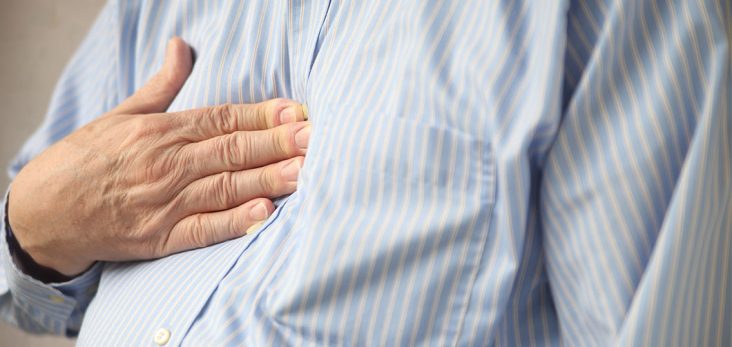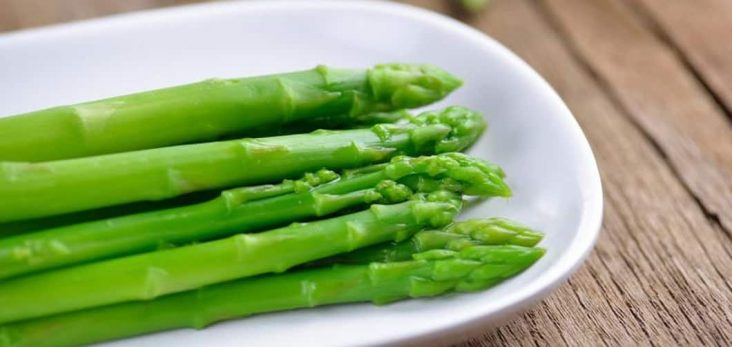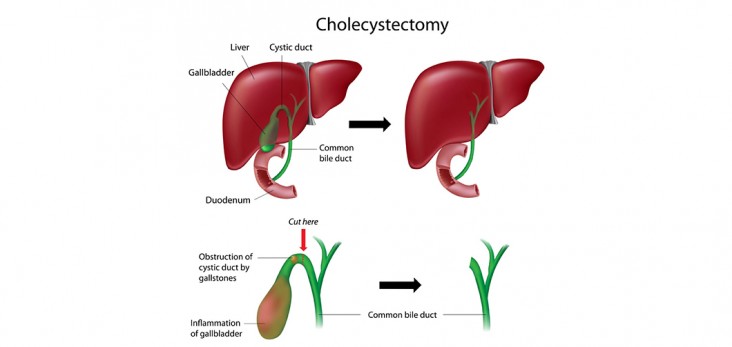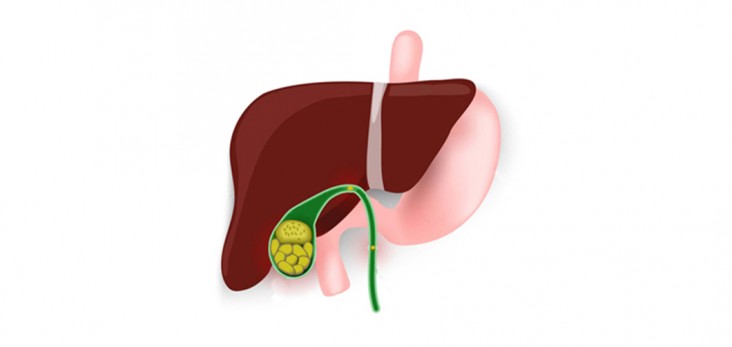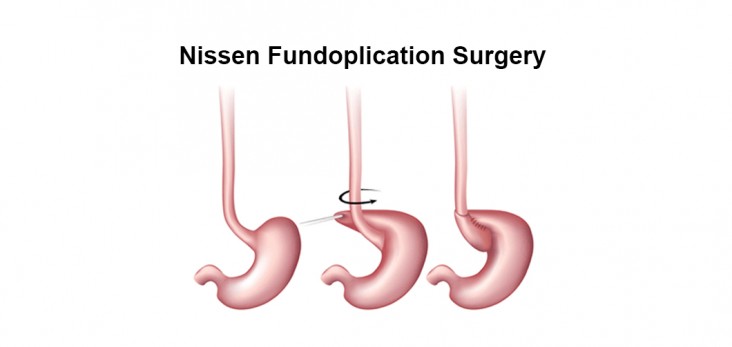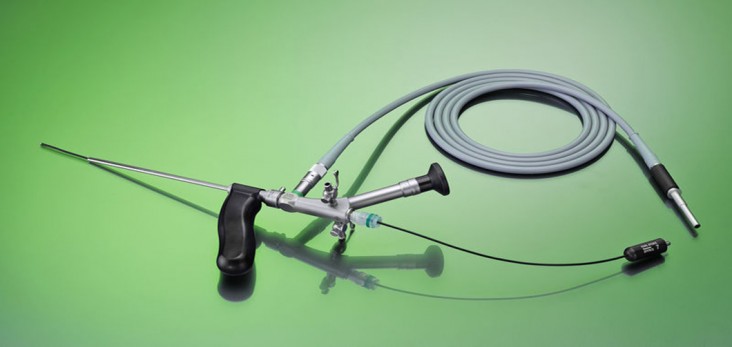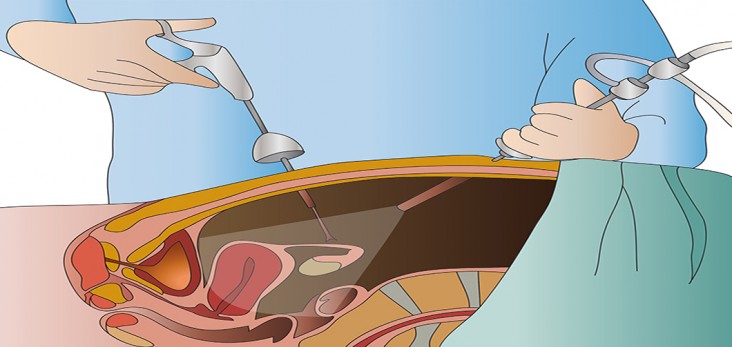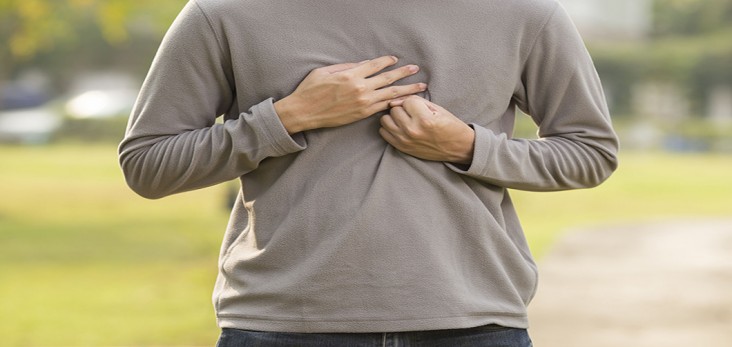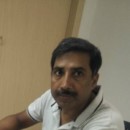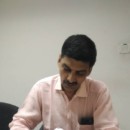Do you also get a burning chest pain following meals which hugely interrupts your day today life? The presence of an incompetent valve between esophagus and stomach can cause a leakage of food and acid from the stomach back into the oral cavity by a reflux mechanism causing heart burn.
Gastroenterologists in Mumbai encourage GERD Patients to practice life style modifications to prevent from mild GERD episodes.
Diet modification for GERD
Be extra cautious on what you are eating
Always try to find the ingredients, containing in a meal before you consume them, to make sure that they don’t have too much spices like chilies, pepper, oils, fats, tomatoes, garlic, peppermint, onions, citrus, chocolate etc. which possibly have an exacerbating impact on the acid reflux.
Some beverages can also agitate your symptoms, so it is good to keep an eye on what you are consuming. Few of the commonest acid-reflux triggers include coffee, tea and carbonated soft drinks.
It is recommended to cut down sugars, fatty food and oils and consume a balanced diet rich in vitamins and proteins.
Have small meals in a frequent basis
According to latest research studies, it has been found out that the best method of staying healthy in every aspect is to consume tiny quantities of main meals as well as snacks in a frequent manner.
Large meals take a long time to get emptied from our stomach and therefore apply an extra pressure on the valve between the stomach and esophagus. Persistent pressure on this valve, can later become weakened and incompetent, resulting in GERD.
Lifestyle modification for GERD
Stop smoking and alcohol which are major risk factors for GERD.
Do not wear excessively tight clothes since they could squeeze the stomach contents, favoring the back flow of acids through the incompetent valve.
Do not stay reclined at least for 3 Hours after Eating
Lying flat on a bed results in an elimination of the gravity. This will place the stomach contents here and there, making it quite easier for the incompetent valve to act ineffectively, with a subsequent back flow of acids into the esophagus and throat- Heart burn
When sleeping- Make sure to use pillows and raise the head end of your bed around six to eight Inches. Because when there is a slight inclination, gravity can act on the down-ward food flowing pathway, helping the stomach to reduce nighttime reflux attacks.
Monitor weight- Over weight and obesity are two major risk factors for GERD due to their potential impact on the distortion of esophageal valve anatomy thus resulting in an acid-reflux.
Since GERD is a chronic condition, these simple life style alterations can ease the symptoms effectively but it is important to practice these with proper medical advice, based on the severity of the condition.
Gastroenterologists in Navi Mumbai are experts in healing GERD patients, thanks to their years of experience in the field.





